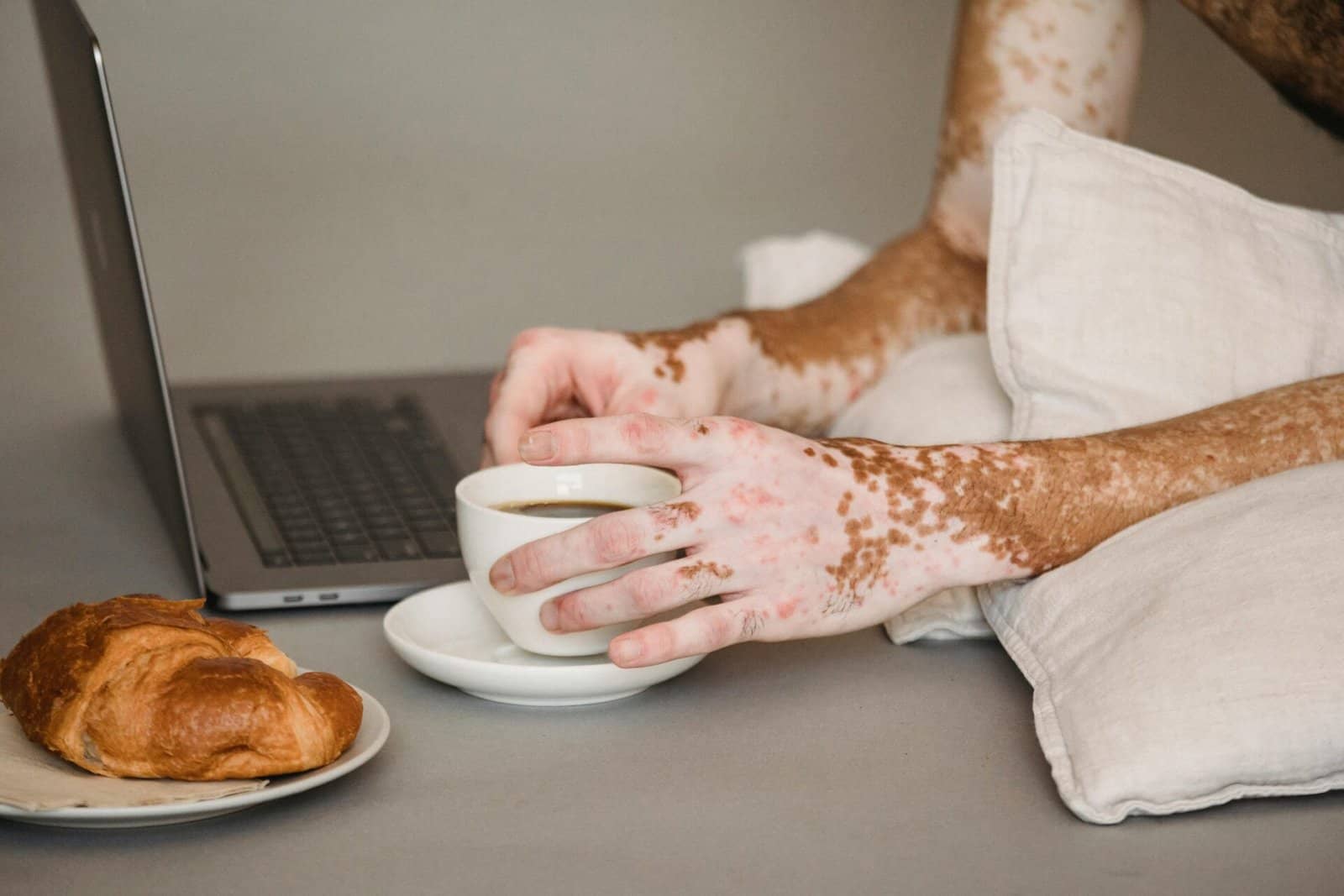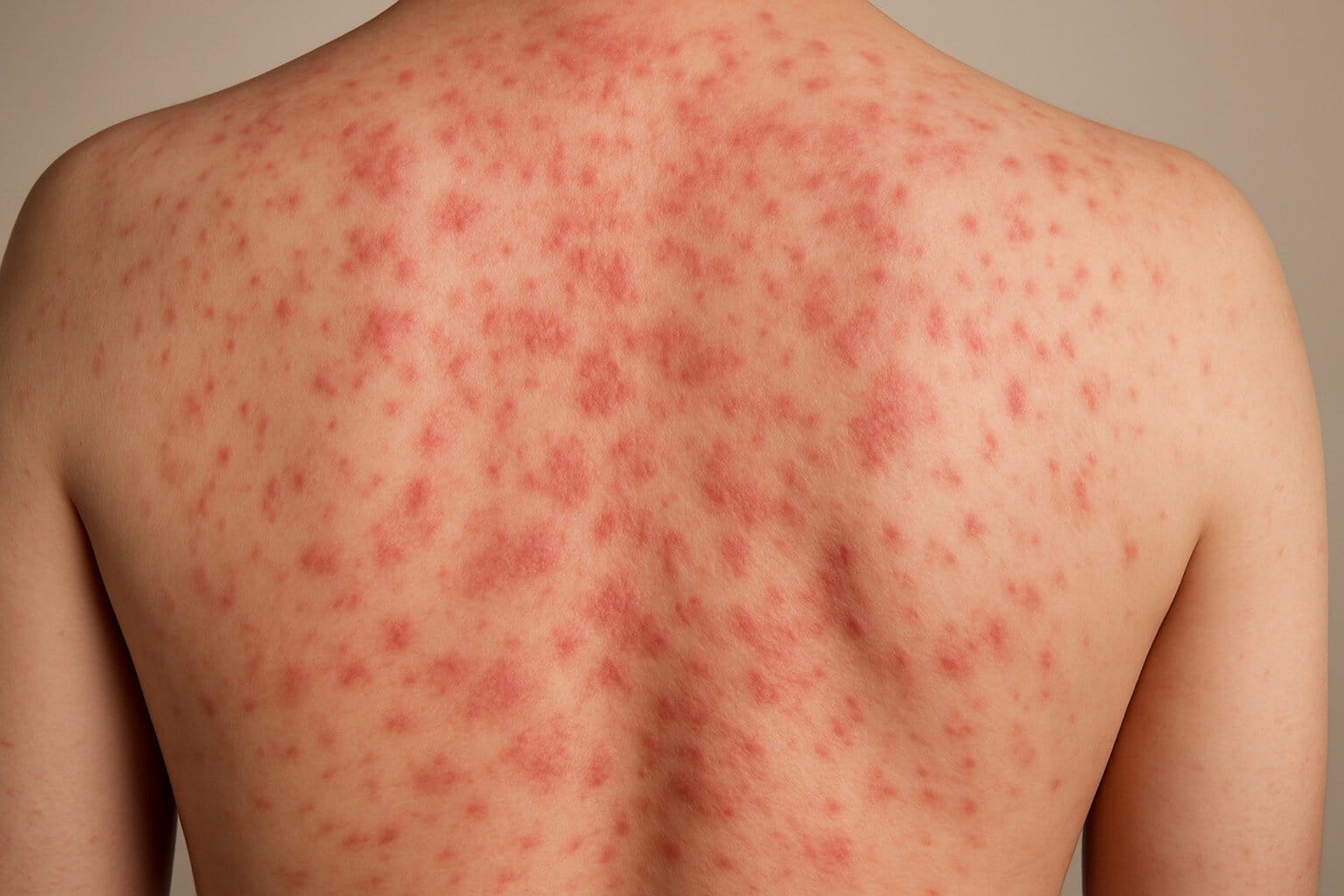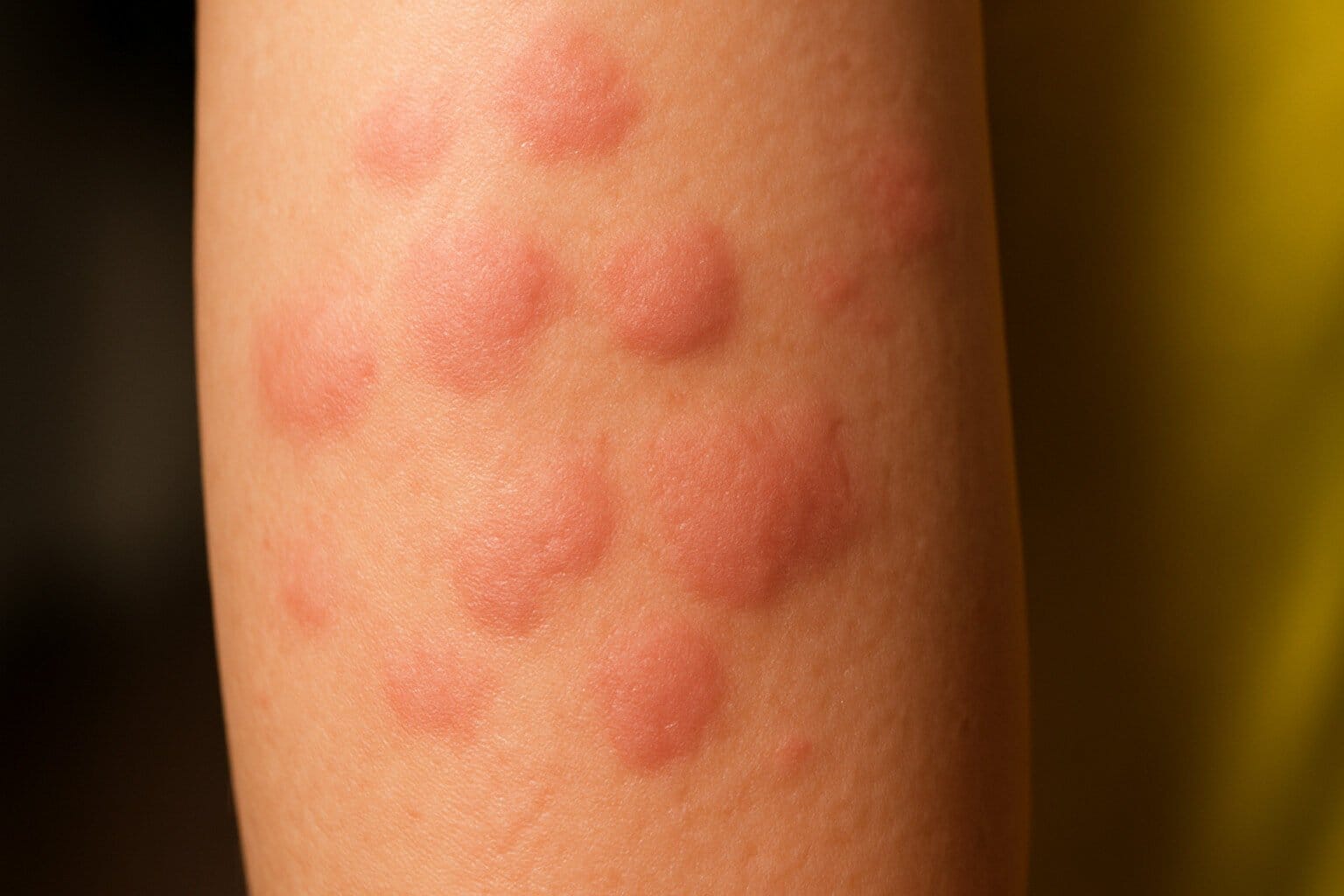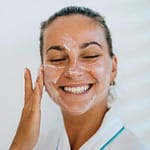Are Age Spots Preventable? Best Serums and Sunscreens for Youthful Skin!

- Why They Happen?
- How They Happen?
- Types of Hyperpigmentation
- Myths Busted! Clearing Up Confusion
- Solutions and Prevention: Your Action Plan
- Appropriate Suggestions: Finding Your Perfect Products
- Frequently Asked Questions (FAQs)
Those little brown, tan, or grayish patches appearing on your face, hands, or shoulders? You’re likely seeing age spots. While common, the big question is: Are they preventable? The answer is a clear YES! While you can’t erase every mark of time, you have significant power for age spots prevention. This guide explains the simple science, essential products (serums and sunscreens!), and habits that keep your skin looking clearer, brighter, and more youthful. Let’s put you in control.
Why They Happen? The Sun is the Main Culprit
Forget the name “age spots” for a moment. The primary cause isn’t getting older – it’s sun exposure. Here’s the breakdown:
- UV Radiation Overload: Ultraviolet (UV) rays from the sun and tanning beds are the number one trigger. They penetrate your skin and stimulate your melanocytes (pigment-producing cells) into overdrive.
- Melanin Misfire: Instead of producing pigment evenly for a natural tan, UV damage causes melanocytes to clump together and create excess pigment in localized spots. An age spot is born.
- Time Adds Up: While sunburns cause immediate damage, it’s the cumulative exposure over years – everyday walks, gardening, or sitting by a window – that leads to age spots. That’s why they often appear more prominently as we age.
- Other Factors (Less Common): Genetics can play a role in susceptibility. Certain medications or hormonal changes (like melasma during pregnancy) can also trigger hyperpigmentation, but sun exposure almost always makes them worse.
How They Happen? (Diagnose Your Condition)
Age spots are usually easy to recognize, but pay attention:
- Appearance: Flat, oval-shaped areas. Colors range from light brown to dark brown or black. They vary in size.
- Location: Typically appear on sun-exposed areas: face (cheeks, forehead, nose), backs of hands, shoulders, upper back, and forearms.
- Texture: Smooth to the touch. See a dermatologist immediately if a spot is raised, rough, bleeding, changing rapidly, or has irregular borders to rule out skin cancer.
- When They Appear: Often noticeable in your 30s or 40s, but can appear earlier with significant sun exposure.
Types of Hyperpigmentation
While “age spots” refer specifically to sun-induced spots, hyperpigmentation comes in a few forms:
- Solar Lentigines: Caused solely by cumulative UV exposure. Flat, brown, well-defined. The focus of this article.
- Melasma: Larger, brownish or grayish patches, usually symmetrical on the face (cheeks, forehead, upper lip). Triggered or worsened by sun exposure and hormonal changes (pregnancy, birth control).
- Post-Inflammatory Hyperpigmentation: Dark spots appearing after skin injury or inflammation (acne, eczema, bug bites, picking). More common in darker skin tones. Sun exposure darkens PIH.
Myths Busted! Clearing Up Confusion
- Myth: “Age spots are just a normal part of getting older. Nothing you can do.”
- Reality: While common, they are primarily caused by preventable sun damage, not just age. Prevention and treatment are highly effective!
- Myth: “I only need sunscreen on sunny summer days or at the beach.”
- Reality: UV rays penetrate clouds and windows. UVA rays (the aging ones) are present year-round. Daily sunscreen is essential for prevention.
- Myth: “Once you have age spots, they’re permanent.”
- Reality: Prevention is easier, but many age spots can be significantly faded with consistent brightening ingredients (Vitamin C, retinoids, niacinamide) and professional treatments. Sunscreen prevents them from returning darker.
- Myth: “A base tan protects me from getting age spots.”
- Reality: Any tan is skin damage. A base tan offers minimal protection and does not prevent further damage or age spots. It’s damage on top of damage.
Solutions and Prevention: Your Action Plan
Prevention is your superpower, and treatment is your backup. Here’s how to tackle both:
1. Daily Sunscreen
- Why: The single most effective step to prevent new age spots and stop existing ones from darkening. It shields skin from UV rays triggering melanin production.
- What to Look For:
- Broad Spectrum: Protects against UVA (aging) and UVB (burning) rays.
- SPF 30 or Higher: SPF 30 blocks about 97% of UVB rays. Higher SPF offers slightly more but requires diligent reapplication.
- Key Ingredients: Mineral blockers (Zinc Oxide, Titanium Dioxide) are great for sensitive skin and offer instant protection. Chemical filters (Avobenzone, Octocrylene) are also effective but take about 20 minutes to activate. Many modern sunscreens combine both.
- How to Use: Apply generously (about 1/4 teaspoon for the face!) as the last step in your morning routine, before makeup. Reapply every 2 hours outdoors or after swimming/sweating. Don’t forget ears, neck, chest, and hands!
2. Brightening Serums
- Why: Concentrated formulas with potent ingredients that target excess melanin, fade spots, and even skin tone. Work best alongside sunscreen.
- Key Ingredients:
- Vitamin C (L-Ascorbic Acid): The gold standard antioxidant. Fights sun/pollution damage, brightens skin, inhibits melanin, boosts collagen. Look for stable formulas (often in dark bottles).
- Niacinamide (Vitamin B3): Reduces inflammation, improves skin barrier, regulates oil, and fades hyperpigmentation by interfering with pigment transfer. Gentle and well-tolerated.
- Retinoids (Retinol, Retinaldehyde): Speed up cell turnover, shedding pigmented cells to reveal newer skin. Also boost collagen. Start slowly (2-3 nights/week) as they can cause irritation. Use at night.
- Alpha Arbutin: A gentler derivative of hydroquinone, effective at inhibiting melanin production.
- Licorice Root Extract (Glabridin): Natural ingredient with anti-inflammatory and brightening properties.
- Kojic Acid: Helps inhibit melanin production. Can be sensitizing for some.
- How to Use: Apply a few drops to clean, dry skin before moisturizer in your AM routine (except Retinoids – use PM). Always patch test new serums. Consistency is key – expect results in 8-12 weeks.
3. Complementary Habits
- Seek shade during peak sun hours (10 am – 4 pm).
- Wear protective clothing: wide-brimmed hats, UV-protective sunglasses, UPF fabrics.
- Avoid tanning beds entirely.
- Use gentle skincare; avoid harsh scrubs or picking spots (causes PIH).
- Maintain a healthy lifestyle: antioxidant-rich diet, hydration.
Finding Your Perfect Products
Choosing the right sunscreen and serum depends on your skin type and concerns:
- Sunscreen Choices:
- Oily/Acne-Prone: Lightweight, oil-free, gel-based or matte finish formulas (e.g., La Roche-Posay Anthelios Clear Skin SPF 60, EltaMD UV Clear SPF 46).
- Dry/Sensitive: Cream or lotion formulas with hydrators (hyaluronic acid, ceramides) and mineral filters (e.g., CeraVe Hydrating Mineral Sunscreen SPF 30, Aveeno Positively Mineral SPF 50).
- Everyday/Tinted: Tinted mineral sunscreens for light coverage (e.g., Supergoop! Glowscreen SPF 40, IT Cosmetics CC+ Cream SPF 50+).
- Body: Broad-spectrum SPF 30+ lotions or sprays for hands, chest, arms (e.g., Neutrogena Ultra Sheer SPF 50, Banana Boat Light As Air SPF 50).
- Serum Choices:
- Vitamin C: SkinCeuticals C E Ferulic (premium), Timeless 20% Vitamin C + E Ferulic (affordable), Maelove The Glow Maker (accessible).
- Niacinamide: The Ordinary Niacinamide 10% + Zinc 1% (budget), Paula’s Choice 10% Niacinamide Booster, Glossier Super Pure.
- Gentle Retinol: CeraVe Resurfacing Retinol Serum (encapsulated + ceramides), Olay Regenerist Retinol24 (hydrating), La Roche-Posay Effaclar Adapalene Gel 0.1% (OTC retinoid).
- Multi-Brightening: Paula’s Choice C15 Super Booster (Vit C + Ferulic + Vit E), Drunk Elephant T.L.C. Framboos (AHAs/BHAs – use cautiously), Vichy Mineral 89 Probiotic Fractions + Vit C (hydrating + brightening).
Recommendation:
Age spots might be common, but they are far from inevitable. The power to prevent them and fade existing ones lies firmly in your hands. By making daily, broad-spectrum sunscreen your unbreakable habit and incorporating a well-chosen brightening serum into your routine, you actively fight hyperpigmentation and invest in clearer, more radiant, youthful-looking skin. Combine this with smart sun protection habits and a little patience, and you’ll see a remarkable difference. Remember, consistency is your greatest ally. Start today, protect diligently, and enjoy the confidence of healthy, luminous skin for years to come!
FAQs (Frequently Asked Questions)
Q: At what age should I start using anti-aging serums and sunscreen to prevent age spots?
A: Sunscreen should start in childhood! For preventative serums like Vitamin C or Niacinamide, your mid-20s is a great time, especially with sun exposure or early concerns. It’s never too early (or too late!) to start protecting your skin.
Q: Can I get rid of existing age spots completely with serums and sunscreen?
A: Consistent use of effective brightening serums with strict daily sunscreen can significantly fade many age spots, sometimes making them nearly invisible. Very deep or long-standing spots might need professional treatments (laser, peels). Sunscreen is essential to prevent recurrence.
Q: How long does it take to see results from brightening serums?
A: Patience is crucial! Skin cell turnover takes about 28 days. You typically need 8-12 weeks of consistent, daily use (with daily sunscreen!) to see noticeable fading. Don’t give up too soon!
Q: Can I use Vitamin C serum and retinol together?
A: Best to use them separately. Apply Vitamin C in the AM (before sunscreen) for antioxidant protection. Use retinol in the PM (after cleansing, before moisturizer). If tolerated well, some use gentle retinoids a few nights weekly and Vitamin C every morning.
Q: Is mineral sunscreen better than chemical sunscreen for preventing age spots?
A: Both broad-spectrum mineral (Zinc Oxide/Titanium Dioxide) and chemical sunscreens are effective when used correctly. Mineral sunscreens are often preferred for sensitive skin and offer immediate protection. Chemical sunscreens may feel lighter. The best sunscreen is the one you’ll apply generously and reapply diligently daily!
Subscribe to our newsletter!






